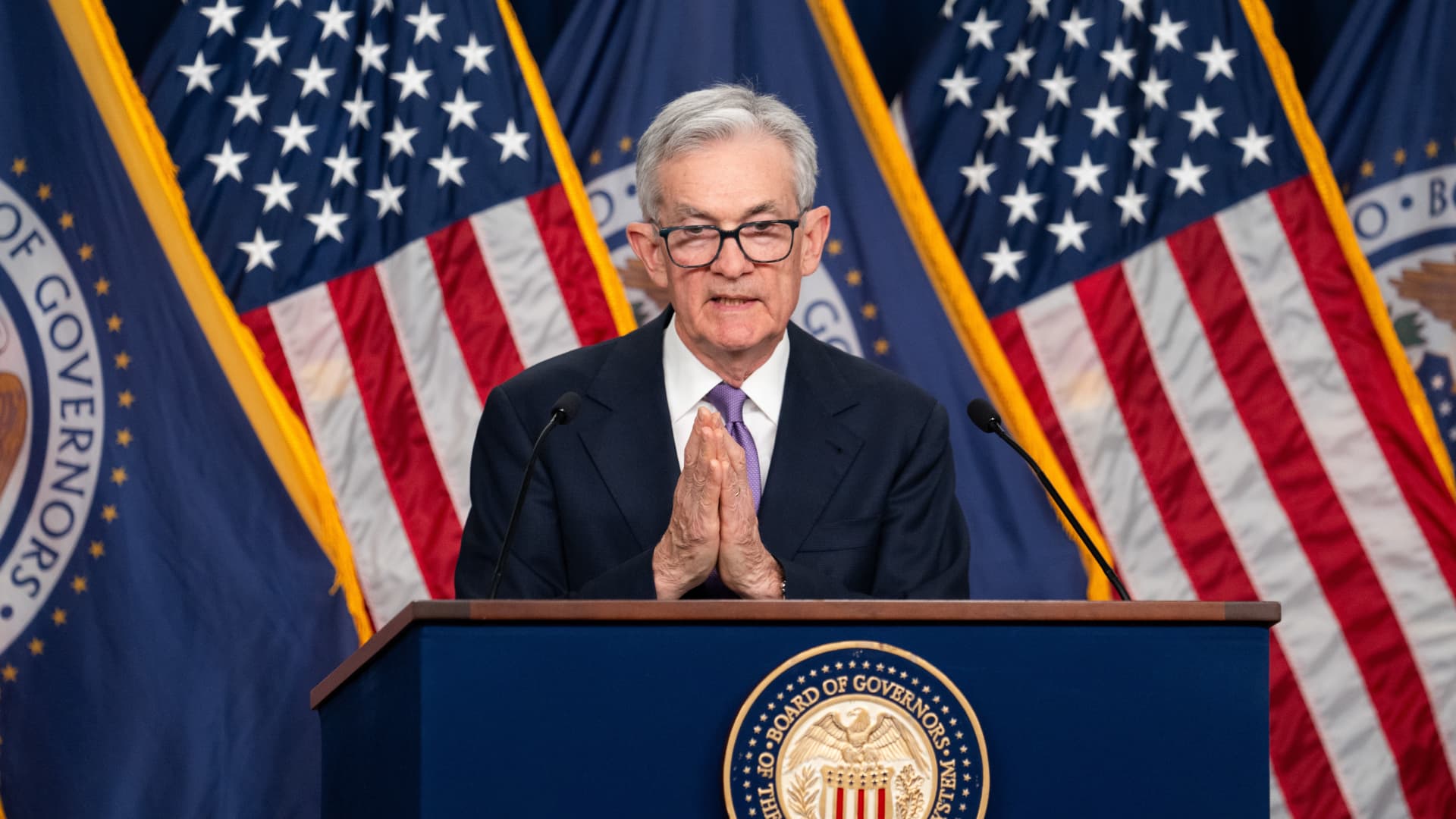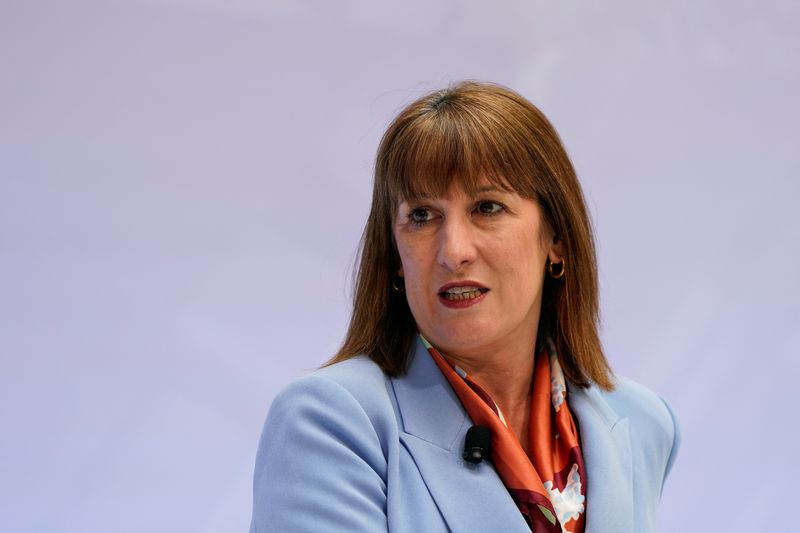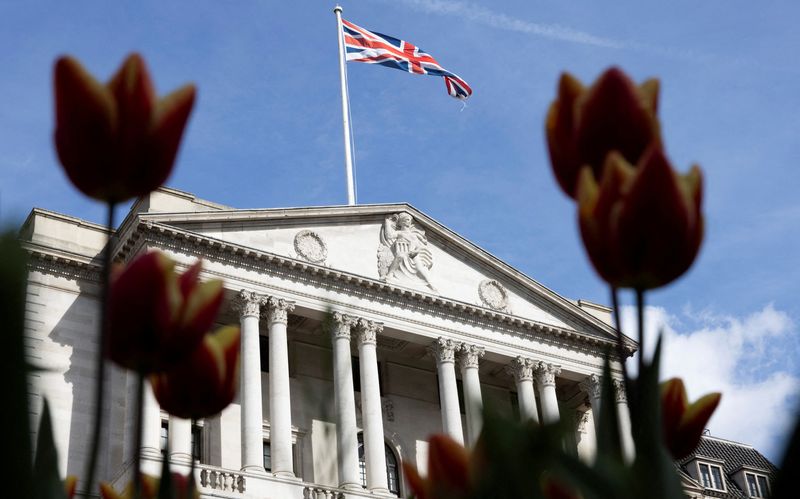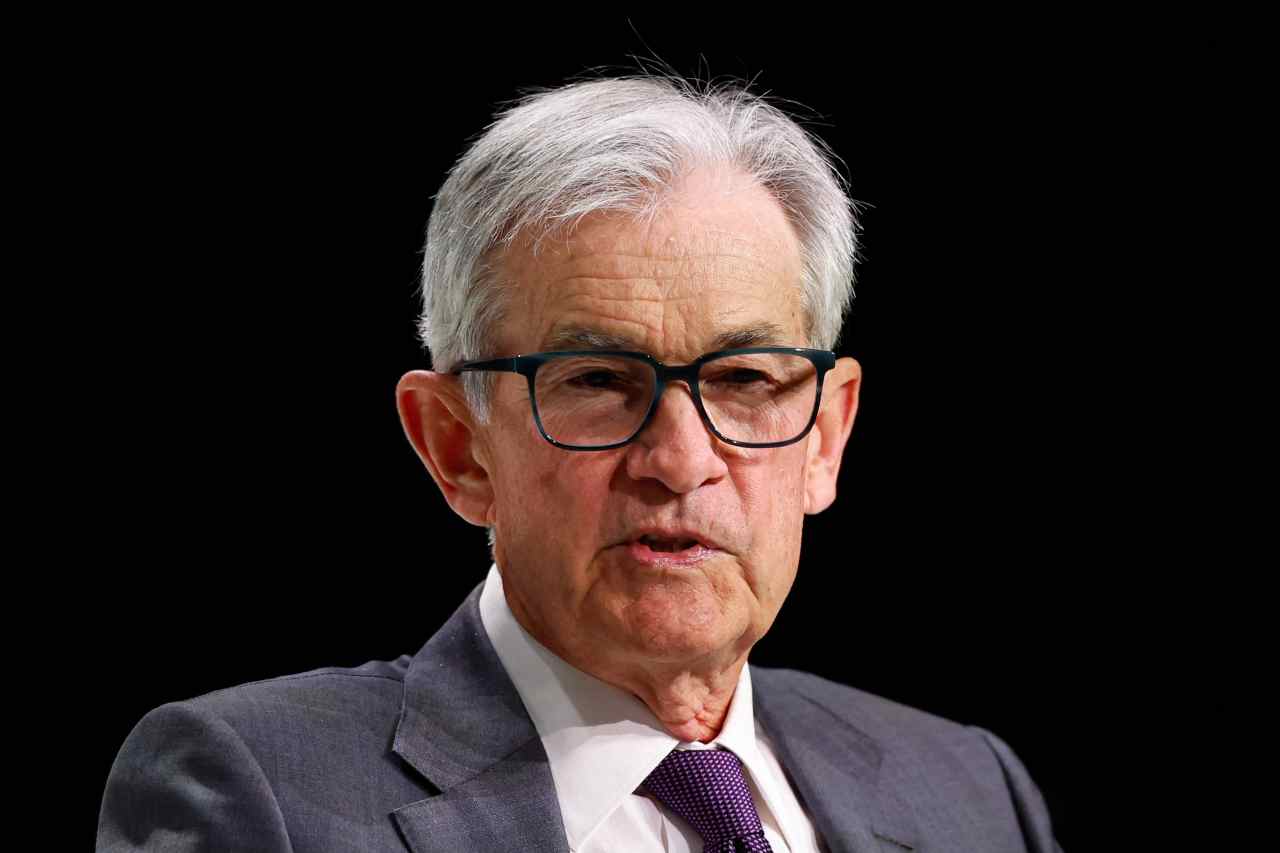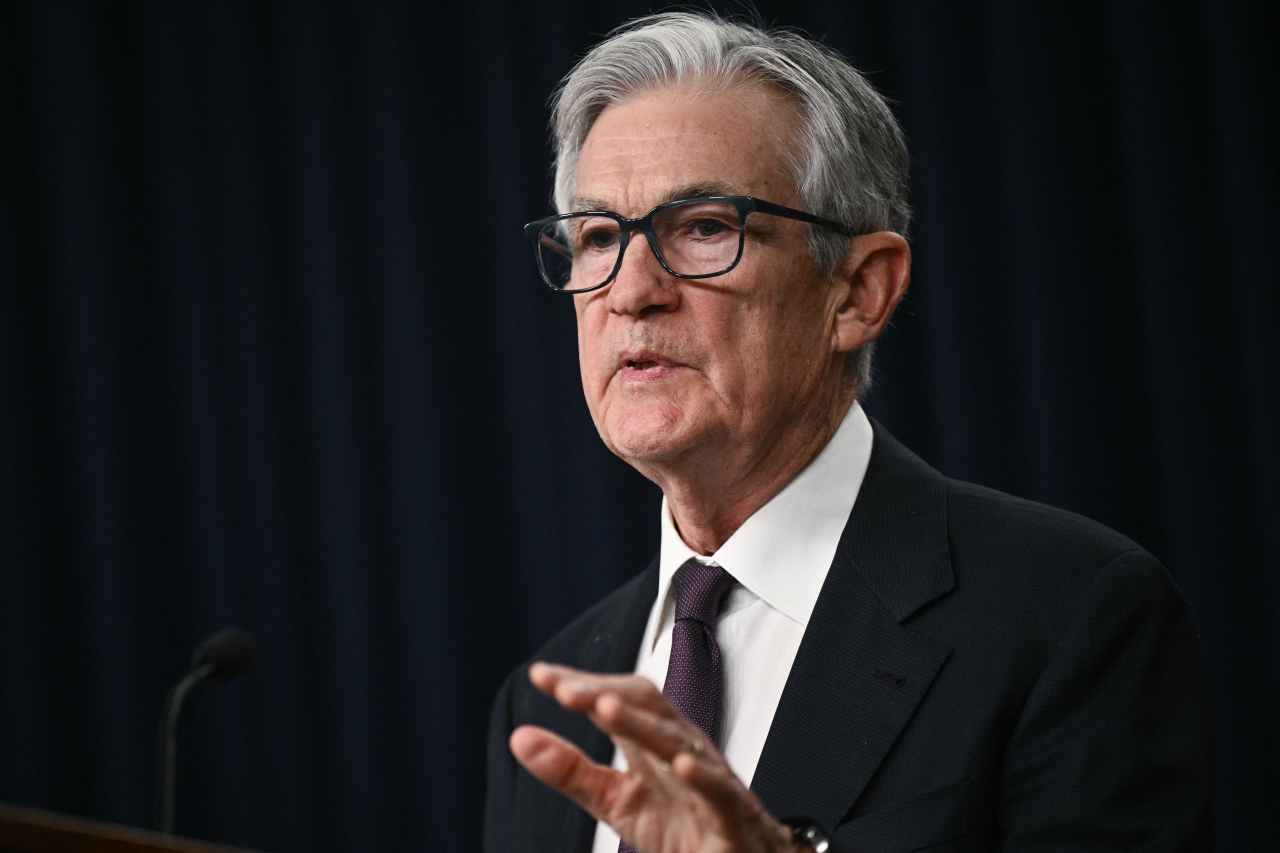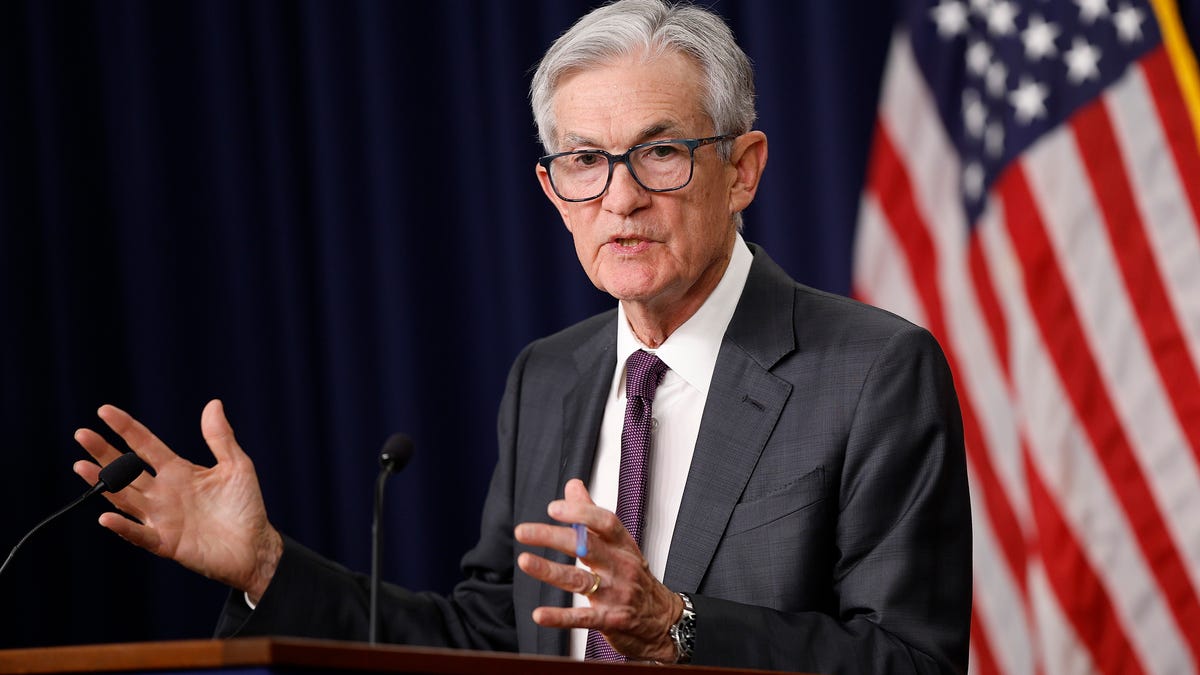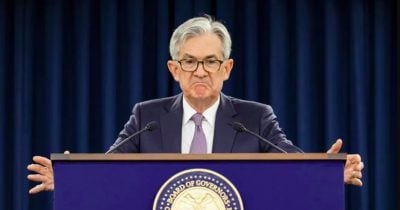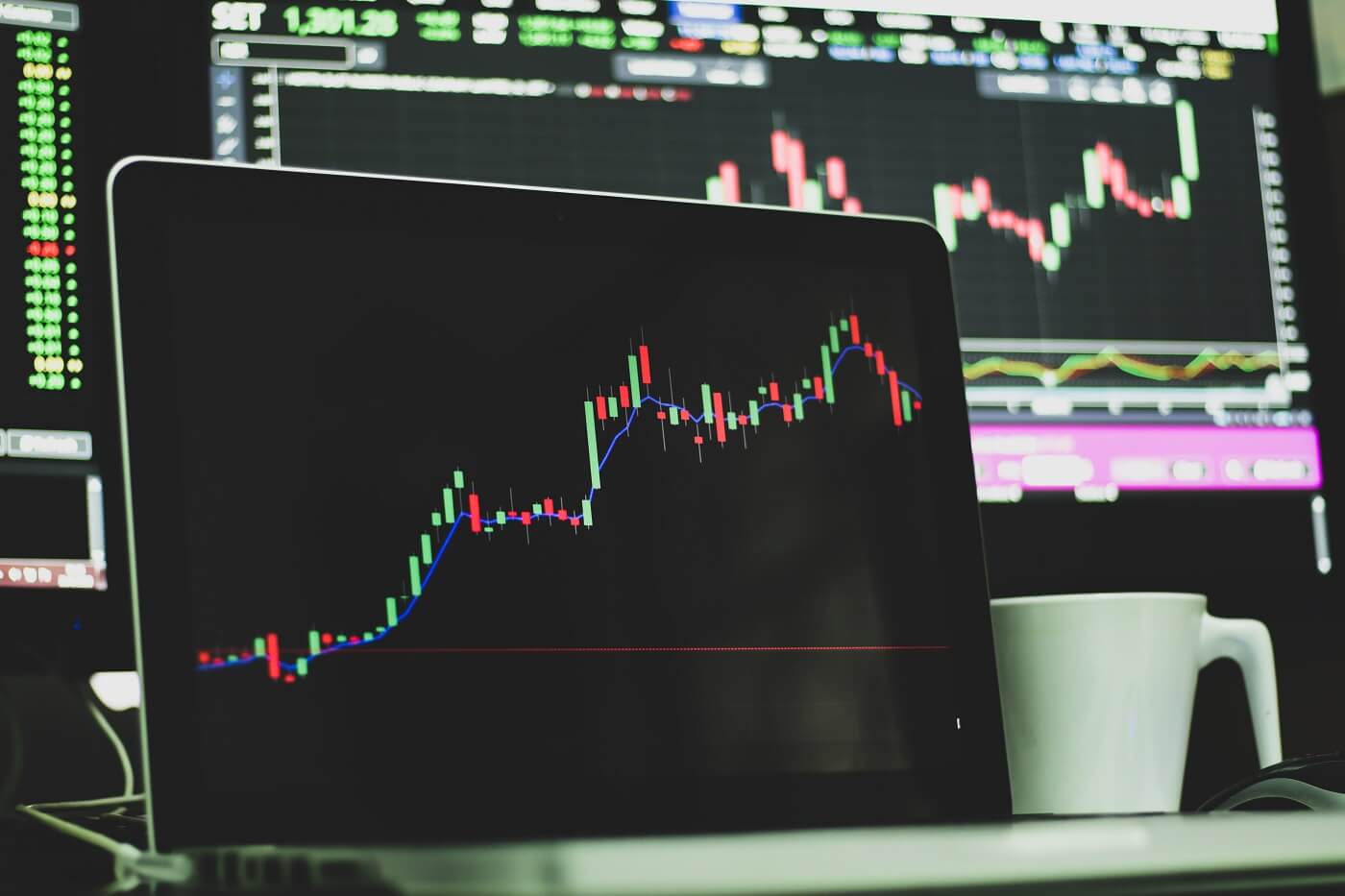Decade Of Disruption: How Megarounds, Global Expansion And AI Doubled VC Investment In 10 Years
As the AI wave plays out, creating more value over the next decade, could we see global venture investment double or more again?

Startup investment has doubled over the past 10 years to roughly $300 billion globally per annum, Crunchbase data shows. Now the question remains: As the AI wave plays out, creating more value over the next decade, could that figure double or more again?
Since 2014, three major trends have pushed venture capital investment higher.
First, startup investment has expanded well beyond the sprawling office parks of Silicon Valley and towers of San Francisco, with more than half of startup capital invested outside the U.S. starting in about 2016. Only more recently has that shifted back, with the U.S. pulling in 56% of investment last year, thanks to massive funding deals to AI companies including OpenAI and Anthropic.
Second, megarounds — those funding deals of $100 million or more — have come to dominate startup investing, with more than half of all funding last year going into such outsized deals.
And finally, funding to artificial intelligence-related companies topped $100 billion in 2024 — accounting for an astonishing third of global funding, thanks to numerous billion-dollar-plus funding deals to AI startups.
These three trends all point to technological advances playing a larger role in society and driving increased revenue to the companies that shape their industries. The rise of the S&P 500 and the tech-heavy Nasdaq index over the past decade also underscore the revenue and value creation from the tech industry.
The 2021 anomaly
Increasingly, 2021 can be viewed as an anomaly, when funding to startups doubled year over year — notching the biggest jump in venture investment since Crunchbase started tracking this data. That increase in funding spilled into the first quarter of 2022 — as the cratering of public technology stock values was under way, and new public listings were at a standstill.
Setting 2021 aside, the venture ecosystem more than doubled between 2024 and 2014. But that growth actually represents a slowdown from earlier waves of tech investment: In the preceding 10-year span of 2010 to 2020, investment grew 7x, albeit starting from a smaller base.
Over the past 15 years, 2014 showed the second-biggest year-over-year growth, at 76%. Then, the startup world was seven to eight years into the cloud and mobile investment wave and six years past the 2008 financial crisis.
The decade-long increase in funding to private startups has tracked with the Nasdaq composite index, which reached above 4,000 in 2013, a level not seen since the dot-com boom year of 2000. The index continued to grow, despite market corrections in 2018, 2020 and 2022. At the end of 2024, the index closed at 19,310.
Venture expands beyond the U.S.
Venture funding has also become increasingly international, although the AI boom has partially reversed the trend in just the past few years.
In 2010, the U.S. dominated global venture funding. By 2016, the rest of the world surpassed U.S. funding levels. In more recent years, U.S. headquartered startups accounted for just under 50% annually.
Last year, thanks to the dominance of AI by U.S.-based companies, funding swung back again, with U.S.-based startups receiving 56% of global venture capital spending.
The rise of megarounds
As the decade progressed, we’ve also seen the growth in megarounds of $100 million or more. Since 2016, such rounds have accounted for 40% or more of startup funding. That figure peaked in 2021 at 59% of funding to venture-backed startups.
In 2024, more than 50% of funding went to rounds $100 million or more. That was also true in 2018 and 2020.
In line with the growth of megarounds, funding rounds below $50 million have shrunk as a portion of overall venture dollars since 2010, Crunchbase data shows. Then, rounds of $50 million or less represented an overwhelming majority — 72% — of global venture capital. By 2015, that had dropped to just under half, or about 47%. Last year, only 38% of capital went to venture-backed startups with rounds at that size.
Dharmesh Thakker, a general partner at venture firm Battery Ventures, said he expects megarounds to continue to grow, as it continues to become easier and faster to build AI products.
“The result will be larger companies, growing faster and more efficiently than we’ve ever seen before,” he said via email. “Unfortunately, that also means failure rates will be higher as there will be more companies overall and tech/IP moats will not serve as defensible barriers anymore, but the companies that succeed will be much larger at $100 billion to $500 billion unlike the last cohort of $2 billion to $10 billion IPOs.”
Deal counts shift
As a proportion of the number of deals, rounds of $50 million and more peaked in 2021 at 9% of all deals. In the past two years, these deals were between 4% to 5%, but still represent a greater proportion than they did a decade earlier.
Deals from $5 million and below $50 million represented a larger share of deal counts since 2021, while deal proportions under $5 million contracted.
Funding the new
Despite the growth in megarounds, and the spike in 2021, funding between $5 million and up to $50 million has still represented a third of funding since 2022.
The importance of the first and second big checks starting at $5 million and more persisted through the decade.
The AI wave
Funding to private AI-related companies, which includes AI labs, AI infrastructure and tooling as well as applied AI startups in Crunchbase’s dataset, topped $100 billion in 2024. AI-related companies received a third of global funding last year, according to Crunchbase data.
This was up from $57 billion in 2023 and around the same amount in 2022. AI funding in the U.S. represented 45% of 2024 funding.
We’re still early in this new wave of artificial intelligence and only two to three years into funding generative AI, which will take an investment cycle of 10 to 20 years to play out across many sectors. As it does, it will impact health, manufacturing, robotics, defense, services and software.
“I expect AI to expand the software / tech addressable market by a factor of 2-3x to $2 trillion to $3 trillion, bucking the trend of 2-3% GDP aligned growth the last couple of decades,” said Thakker.
AI is already creating opportunities in new markets and intense competition as industries are reshaped with a more advanced technology layer.
“Human labor contributes a magnitude more to our GDP than software does, and as human labor is augmented and somewhat automated by AI, I expect software and the venture ecosystem to be big beneficiaries of this trend creating many decacorns in public markets that look like Snowflake and ServiceNow,” Thakker said.
With generative artificial intelligence expected to play out over a 10-20 year investment cycle, the question now remains: Will VC investment continue to grow at the rate seen over the past decade, or even accelerate with the AI wave? And will venture capital continue to back companies at the earliest stages?
Illustration: Dom Guzman





























